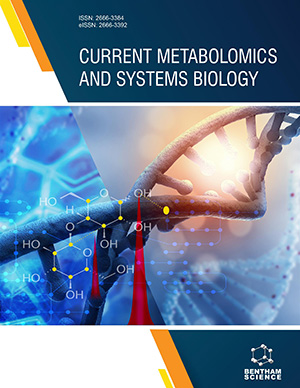Abstract
The accurate description of flow in nano-scale pores or channels is very important for the reliable design of materials and processes in the areas of MEMS, mesoporous media, and vacuum technologies. Use of classical flow equations fails in this regime since the continuum assumption is not valid. This is due to the fact that the mean free path is comparable to the characteristic dimensions of the system, and rarefaction effects dominate the process. Such a difficulty arises notably in the intermediate Knudsen number regime (Kn=0.1 to 10), commonly referred to as the “transition” flow regime. To remedy this, slip flow conditions have been adopted in the literature, following the simple first-order approach of the velocity near the walls given by Maxwell, and extended to higher-order treatments. Alternatively, direct deterministic or stochastic atomistic and mesoscopic techniques have been employed for the flow description, which solve the Boltzmann or the Burnett equations and use kinetic theory approaches pertinent to this flow regime. A description of recent advances in simulation techniques, namely, the “continuum” slip approaches, and some direct mesoscopic techniques are presented in this chapter. Illustrative simulation results of permeability and viscosity coefficients in mesoporous media using the DSMC and LB methods are also given, followed by comparisons with classical continuum formulations.
Keywords: Rarefied flow, porous media, transition regime, direct simulation monte carlo, lattice-boltzmann, reconstruction, fractional brownian motion, slip flow, nanoscale pores, knudsen number, mesoscopic methods.






















